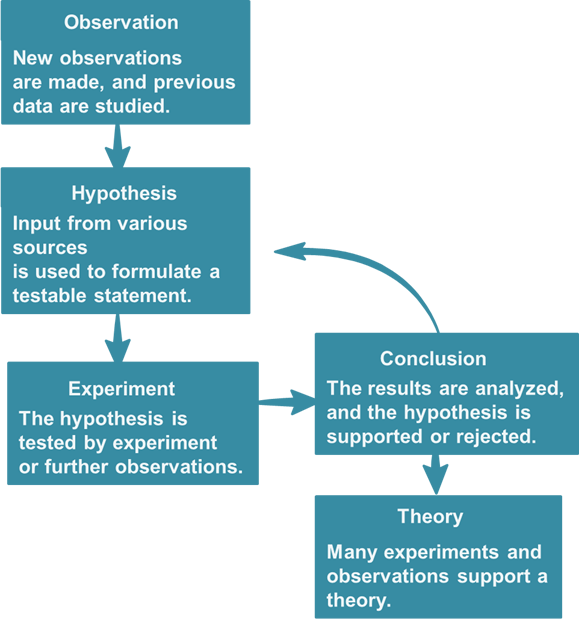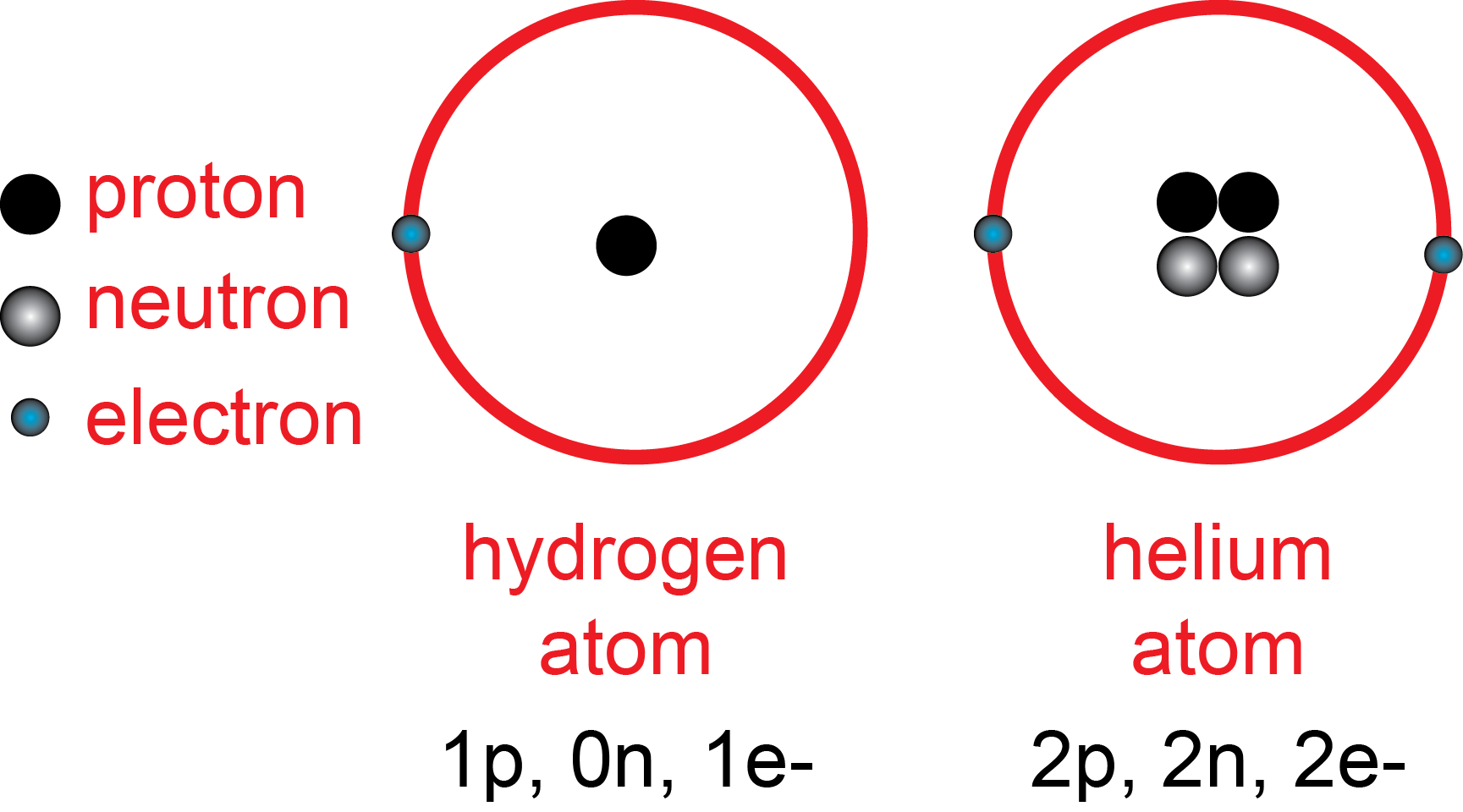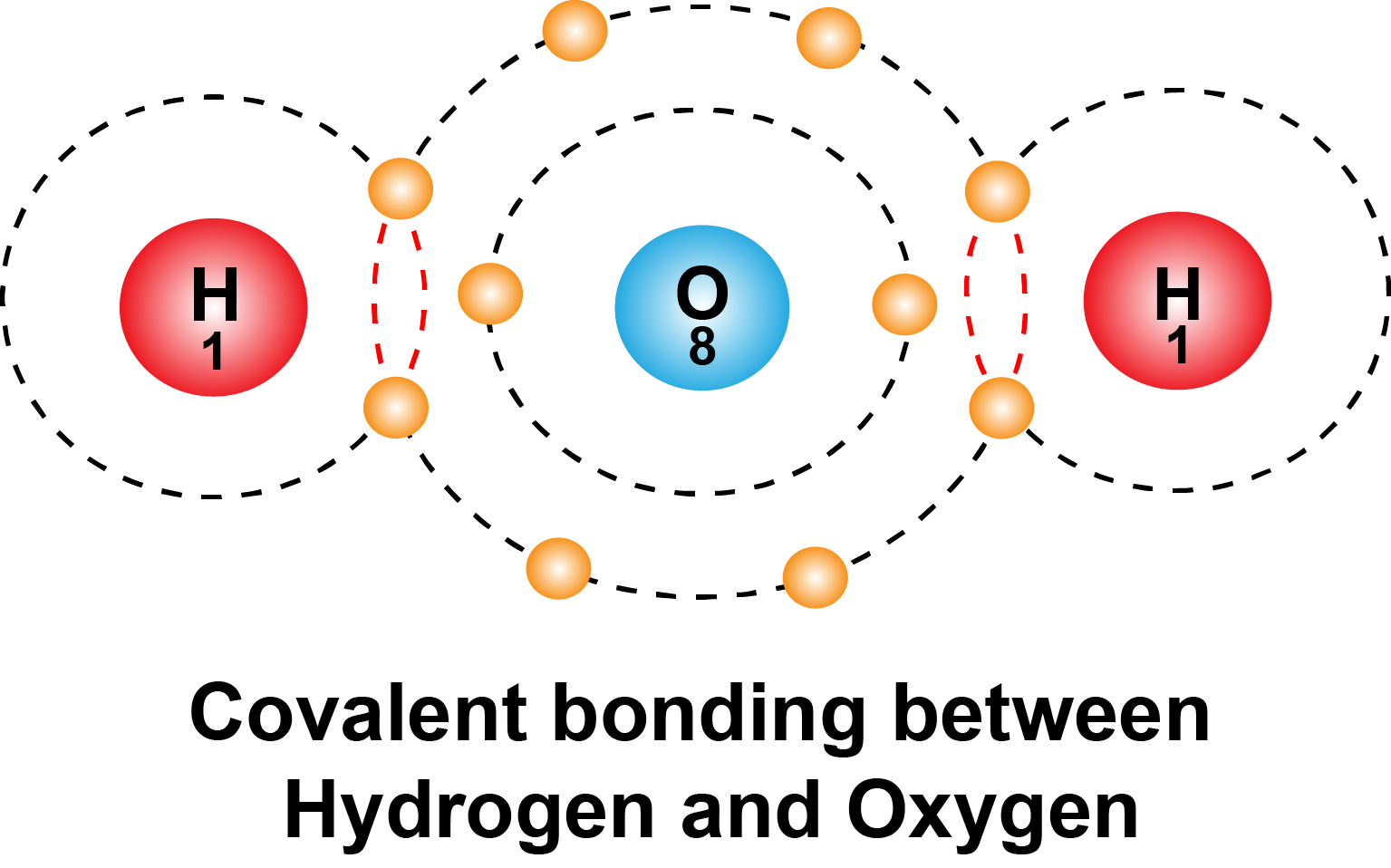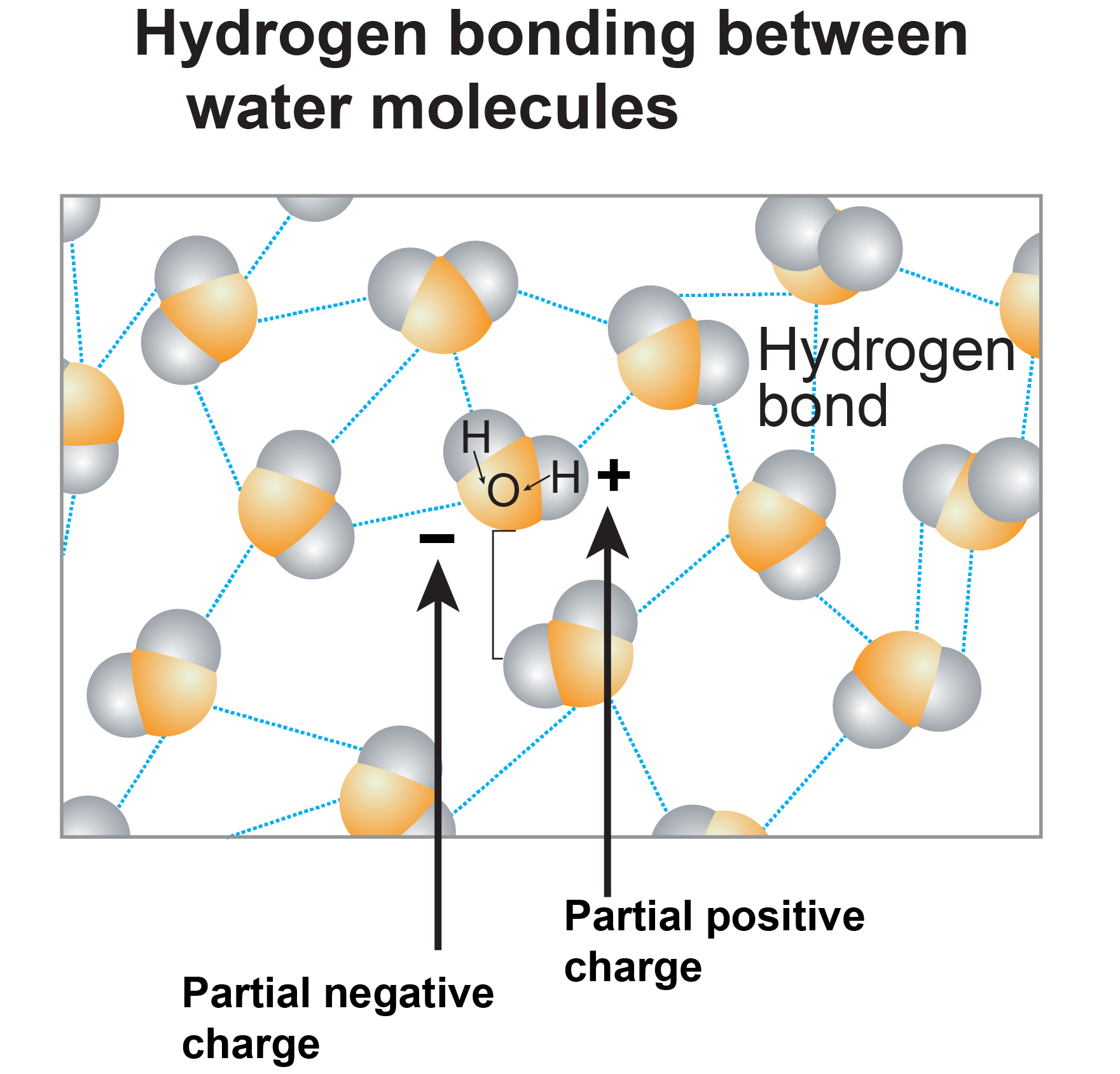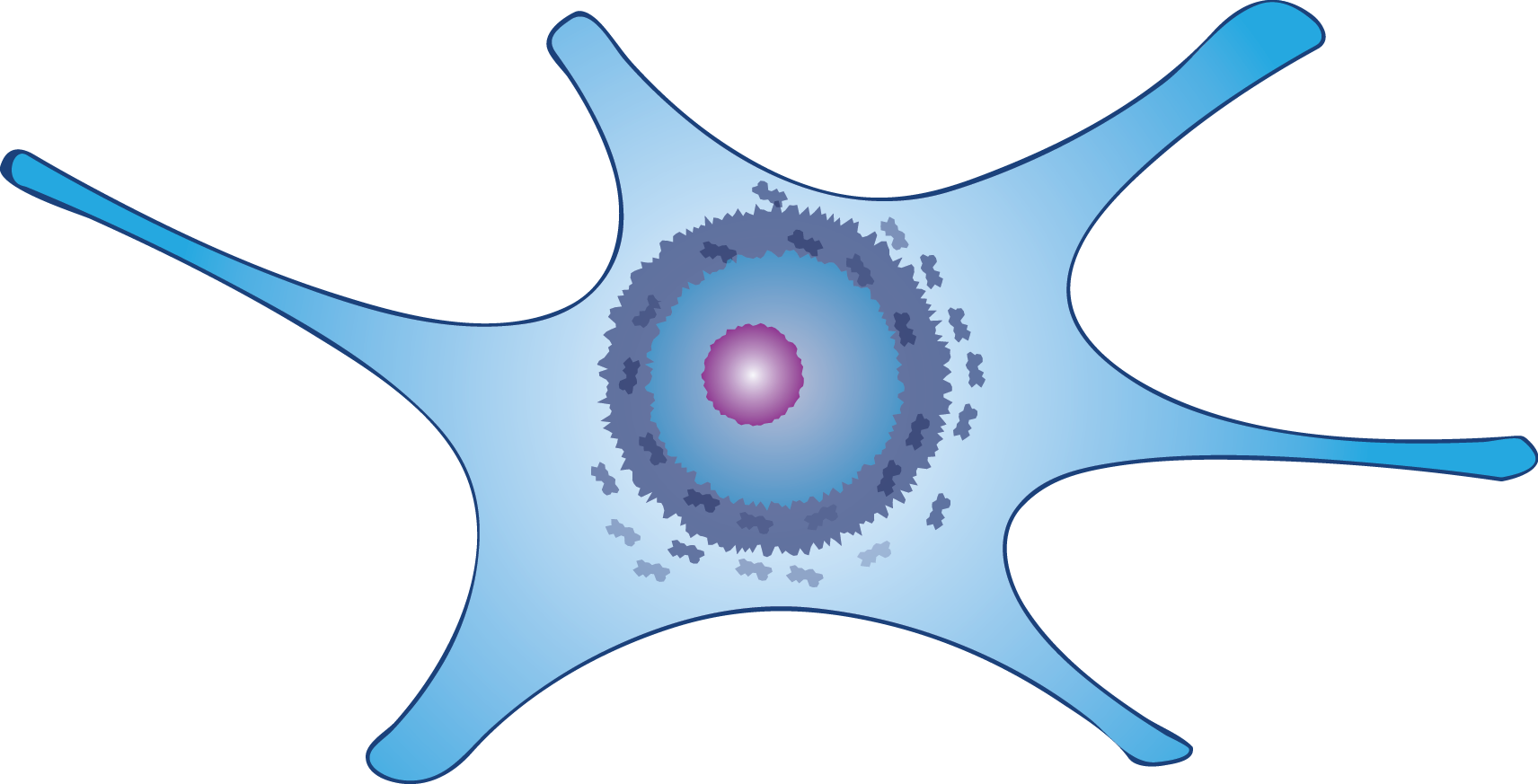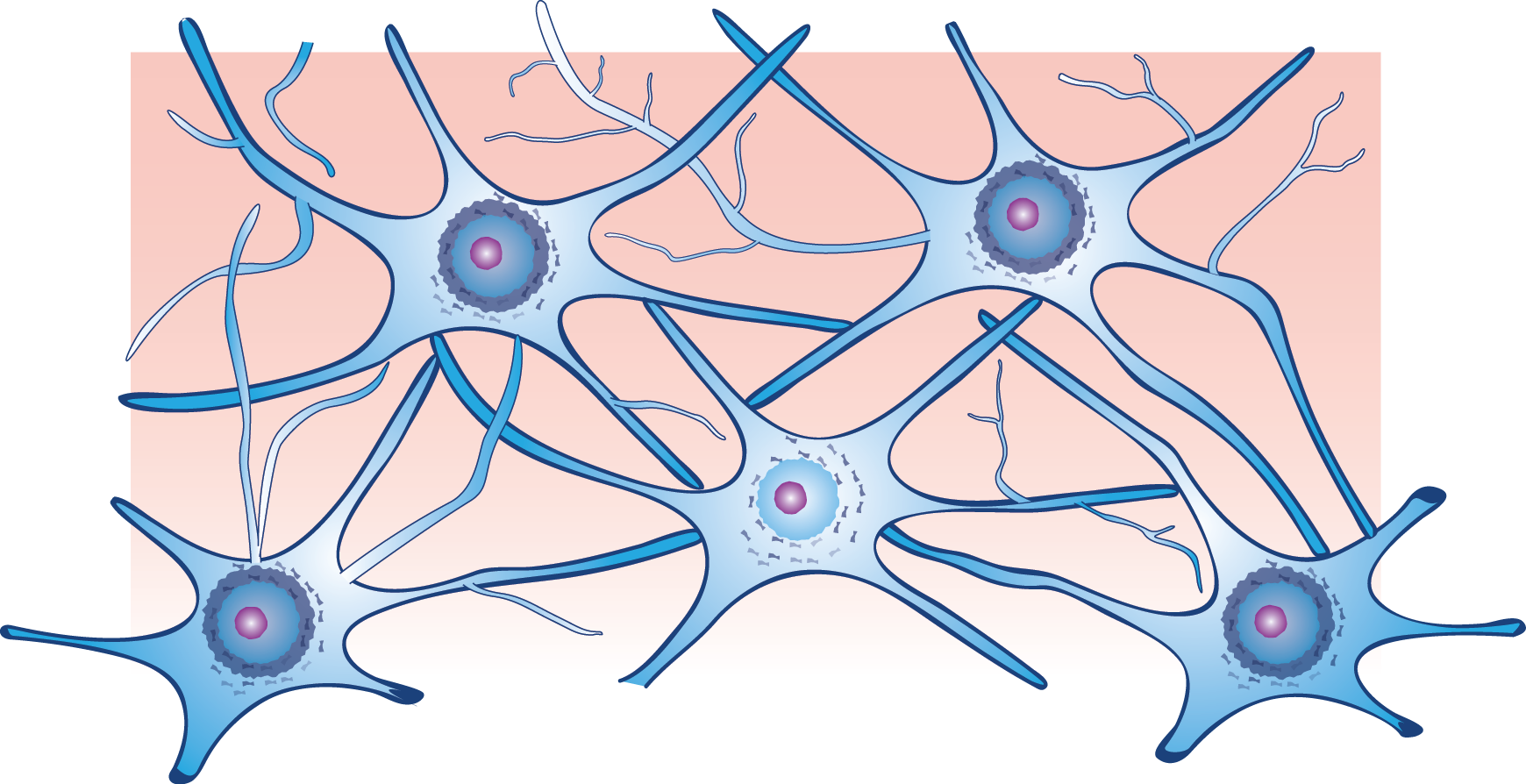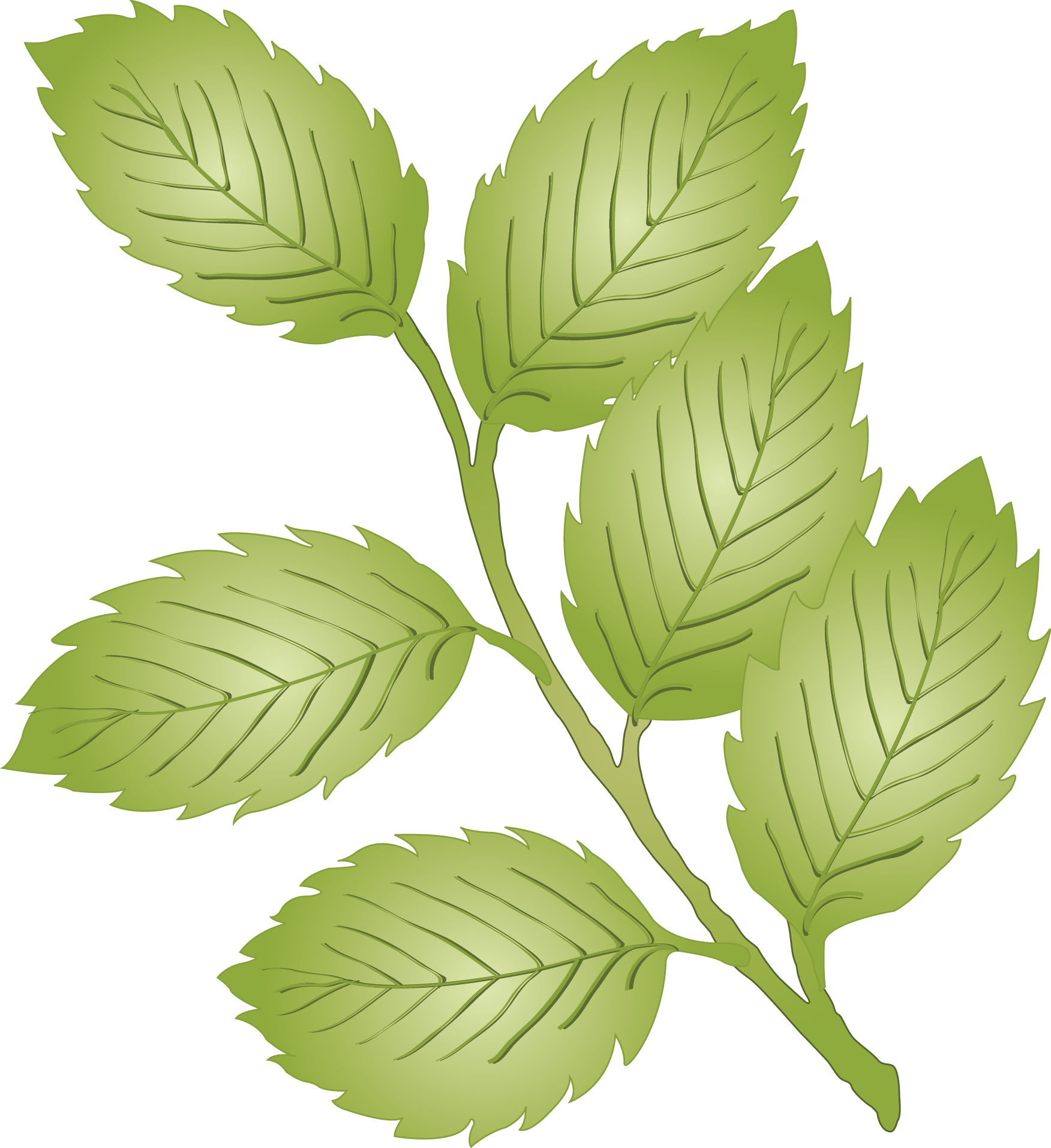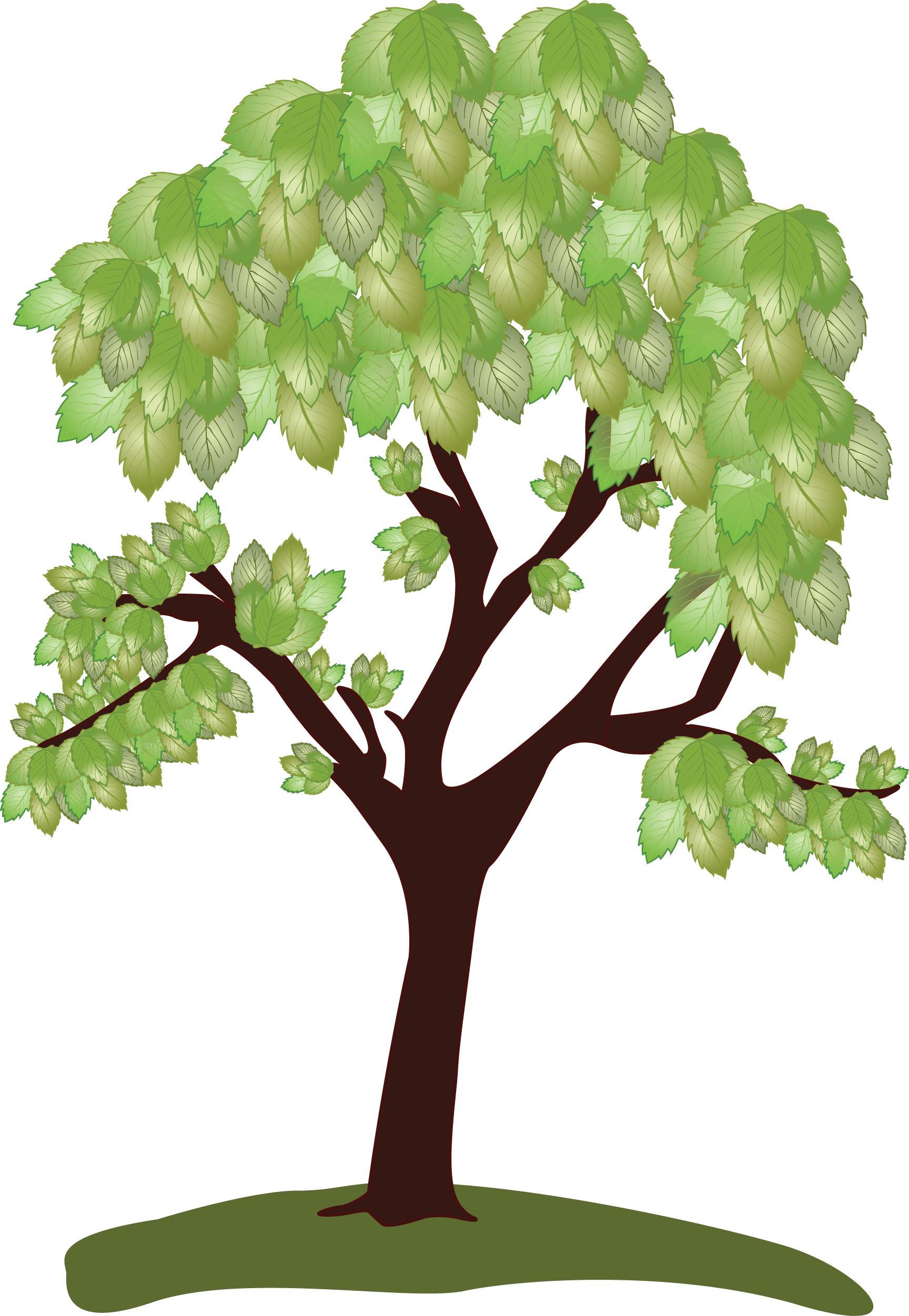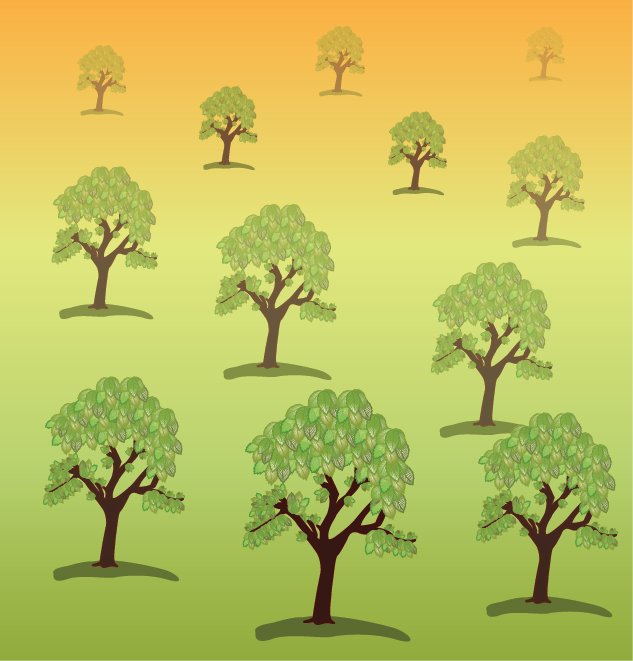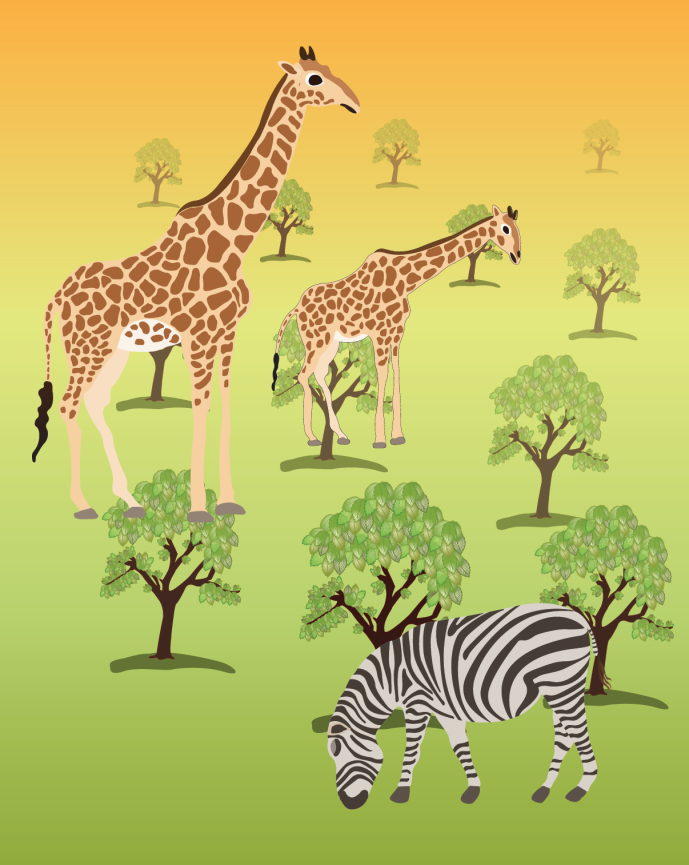Topics covered in this snack-sized chapter:
Biology is the study of life and living things.
Biology focuses on the structure, function, growth, evolution and distribution of living organisms.
It includes:
- The cellular basis of living things
- The genetic basis for inheritance
| Cell Theory
| The cell is the basic unit of life.
All living organisms are composed of cells.
|
| Gene Theory
| Traits are inherited through gene transmission.
Genes are located in chromosomes and consist of DNA.
|
| Thermodynamics
| Energy is constant and energy transformation is not completely efficient.
The ultimate source of energy is the sun.
Some organisms (e.g. plants) have the capacity to capture the sun’s energy and use it via photosynthesis.
Organisms that cannot carry out photosynthesis must obtain nutrients from photosynthesizers.
|
| Evolution
| Any genetic change in a population is inherited over several generations.
Genetic changes may be small or large, noticeable or not noticeable.
|
| Homeostasis
| Organisms have the ability to maintain a constant internal environment in response to environmental changes.
|
| Microbiology
| The study of prokaryotic cells (bacteria) and viruses.
|
| Cell Biology
| The study of the structure and function of eukaryotic cells (focusing on animal and plant cells).
|
| Developmental Biology
| The study of how communities of cells form tissues and organs, and how they build organisms.
|
| Anatomy and Physiology
| Study of the structure and function of tissues and organs.
|
| Zoology and Plant Biology
| Study of organisms.
|
| Ecology
| The study of how organisms interact with each other and with their environments.
|
| Organization
| As an organism lives, it maintains its organization by using different processes.
|
| Acquisition
| Living things must acquire nutrients so that they can be used to build and maintain the structures of an organism.
|
| Response
| An organism responds to stimuli by moving.
|
| Reproduction
| All living things are able to pass on their DNA.
|
| Adaptations
| All living things are able to compete with each other for food and space to survive.
|
Science is the foundation of facts.
It is a way of investigating the world in order to form general rules about why things happen the way they do.
Pure science is the pursuit of knowledge for its own sake.
Applied science is the search for practical uses of scientific knowledge.
The steps of the scientific method make up an orderly way of gaining information about the biological world.
The basic steps for any scientific method are:
- Collecting information (through observation)
- Experimenting to test the hypothesis
- Recording and analyzing data
If the conclusion can be tested and confirmed repeatedly, it becomes a theory.
Science is empirical. It relies on observation and experience.
